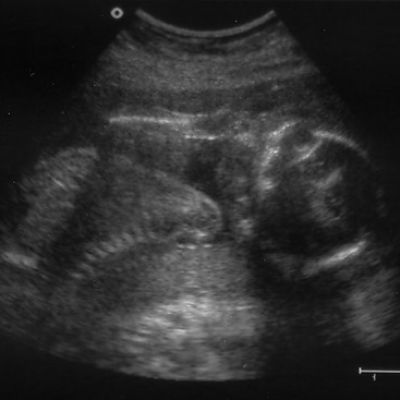Many years ago, the federal government of Canada decided not to allow paid surrogates and “donors”, people who provide their reproductive material to assist someone else to conceive a child. As a nation, we decided not to promote a trade in the material that has the potential to create human beings. We decided not to exploit vulnerable people by allowing them to sell their reproductive material.
There is a surprising lack of regulation governing third party reproduction in Canada.
In this three-part series, we will look first at proposed new narrow regulations introduced by the federal government. Second, we will look at the regulatory regime in Canada, or lack thereof. Third, we will look at what regulation is required.
The primary legislation in Canada is the Assisted Human Reproduction Act (AHRA). It was introduced in 2004. Many of its provisions refer to non-existent regulations.
Section 7 of the AHRA generally prohibits the purchasing or advertising of reproductive material. Section 6 prohibits paying a female to be a surrogate and advertising surrogacy.
Section 12 of the AHRA states that surrogates and those who provide their reproductive material cannot be paid. Out-of-pocket expenses can be reimbursed, though, if there is a receipt.
Section 12(3) allows a surrogate to be reimbursed for loss of work-related income during pregnancy. A doctor’s certificate is required that makes certain statements. Reimbursement is to be in accordance with the regulations.
However, section 12 was never brought into force. No regulations existed either, to explain what reimbursements were allowed.
That is about to change.
Health Canada has recently put forward draft regulations explaining what can be reimbursed.
The new regulations, which remain subject to change, are to come into force on June 9, 2020.
Under the proposed regulations, for example, a surrogate or a person providing his or her own reproductive material will be able to be reimbursed for the cost of caring for pets and dependents, including aging parents who reside with them. Certain traveling, counseling and other expenses will also be eligible for reimbursement. Exemptions from the receipt requirement are also being added.
If these regulations are brought into force without an adequate and coherent regulatory philosophy, this area will remain without meaningful regulation.
In its 2010 decision in Reference re Assisted Human Reproduction Act, the Supreme Court of Canada essentially decided that it was for the provinces to regulate most aspects of assisted human reproduction. However, since then, only Québec has passed legislation. Only a limited number of colleges of physicians and surgeons have adopted medical practice guidelines in this area. However, they are ill suited to be the sole regulator of practices and procedures conducted primarily on women’s’ bodies, and which bring about the creation of new human beings.
The dearth of adequate overall regulation in this area means that the approximately 42 fertility clinics in the common law provinces lack detailed regulatory oversight.
It makes little sense to open the barn door on expense reimbursement without first having a meaningful regulatory regime in place. It would make sense for the federal government to withhold finalizing these regulations until the provinces implement a meaningful regulatory regime. The top priority must be protecting the best interests of the most vulnerable.
Our provinces have shown an impressive ability to work together in the all-important area of securities regulation. Surely, they can do so in the even more important area of assisted human reproduction. After all, how many issues are more important than adequately regulating the creation of human life? Who can participate? Under what circumstances? What limitations should be in place?
Next week we will look at the regulatory regime in this area, or lack thereof. The following week, we will look at the minimum requirements that ought to be reflected in a regulatory regime.
You might also be interested in:
Assisted Reproduction in Canada – Part 2 of 3 – The Wild West
Assisted Reproduction in Canada –Part 3 of 3- A Call For Adequate Regulation
This is a modified version of an article that is appearing in the Kelowna Daily Courier, the Kelowna Capital News and other online publications on or about August 16, 2019. The content of this article is intended to provide very general thoughts and general information, not to provide legal advice. Advice from an experienced legal professional should be sought about your specific circumstances. If you would like to reach us, we may be reached at 250-764-7710 or through our website at inspirelaw.ca.
